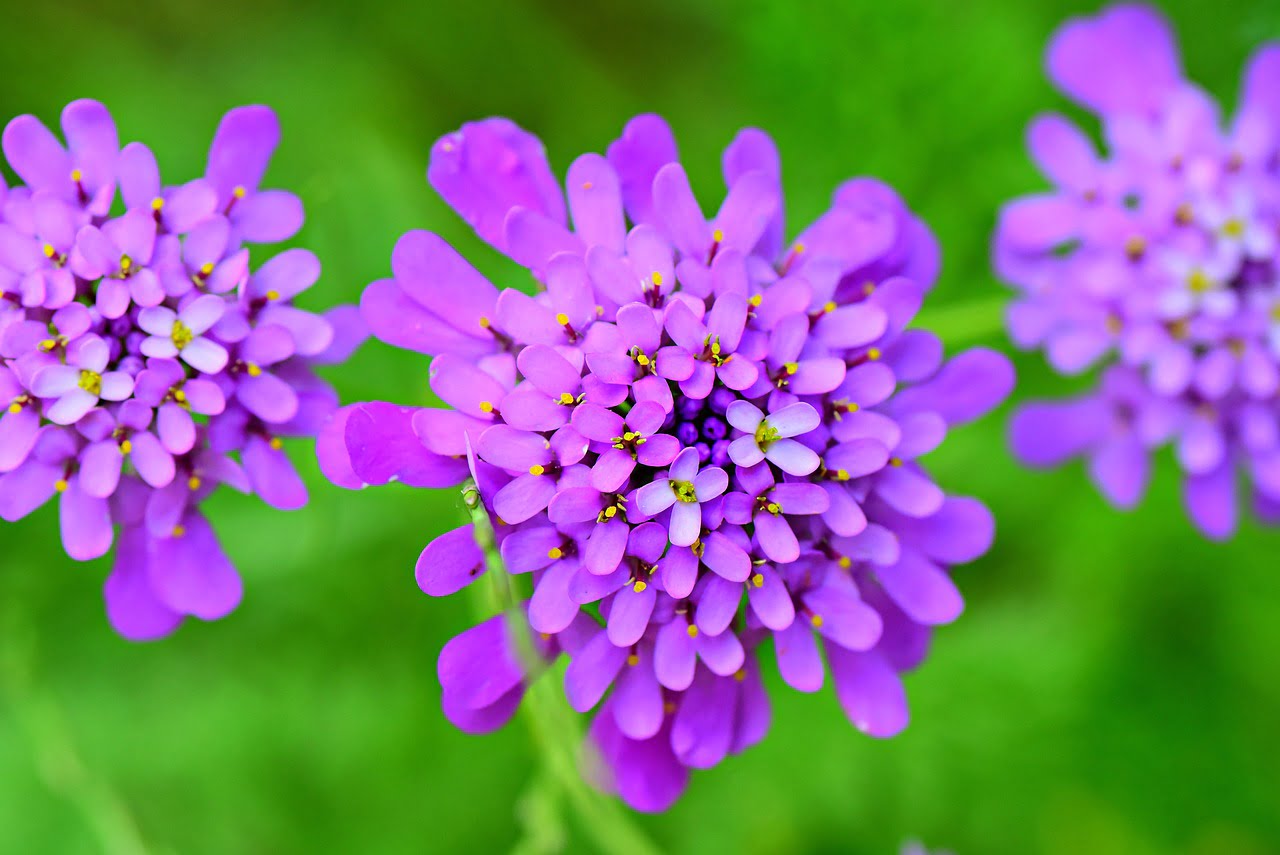
Iberis and Planting: Cultivating a Garden of Beauty
In the world of gardening, creating a vibrant and visually stunning landscape is an art form. One plant that can contribute significantly to your garden’s beauty is Iberis, commonly known as candytuft. This article will guide you through the process of planting and caring for Iberis, helping you transform your garden into a colorful haven of natural elegance.
Understanding Iberis
Iberis, also commonly known as candytuft, is a captivating flowering plant that belongs to the Brassicaceae family. This genus comprises around fifty species, most of which originate from Europe and Asia. The name “Iberis” is derived from the Iberian Peninsula, reflecting the plant’s historical presence in this region.
Selecting the Ideal Location
To ensure the flourishing of your Iberis garden, meticulous attention to its location is paramount. These plants thrive when basking in sunlight, preferably in full sun to partial shade conditions. The warmth of sunlight encourages robust growth and the development of vibrant blooms. However, a little respite from intense midday sun can be beneficial in areas with scorching summers.
Preparing the Soil
Before embarking on your Iberis planting journey, take time to prepare the soil. Iberis prefers slightly alkaline soil with excellent drainage properties. The addition of organic matter, such as compost, aids in enriching the soil’s quality. Conducting a soil test to determine the pH level and making necessary adjustments ensures your Iberis plants will have an ideal environment to flourish.
Planting Iberis Seeds
Iberis can be cultivated either from seeds or by purchasing young plants from a nursery. Starting from seeds allows you to experience the complete growth cycle, from germination to full bloom. To initiate this process, sow the seeds in early spring after the last frost. Plant them just beneath the soil’s surface, ensuring they receive ample moisture for germination. As the seedlings emerge, provide adequate spacing to allow each plant room to thrive.
Caring for Iberis
To ensure your Iberis thrives, follow these care guidelines:
Watering
Iberis plants prefer moderate watering. Strive to maintain soil moisture without creating waterlogged conditions. Deep but infrequent watering encourages robust root development. Overwatering should be avoided, as it can lead to root rot, endangering the plant’s health.
Fertilizing
Providing your Iberis with balanced, slow-release fertilizer in the spring serves as a growth stimulant. A well-fed Iberis plant will reward you with abundant and vivid blooms throughout the growing season.
Pruning
Regular pruning and deadheading (the removal of spent flowers) are essential for maintaining the plant’s appearance and encouraging continuous flowering. After the initial bloom, trim the plant back by about one-third to prompt a second round of blossoms.
Pest and Disease Control
Iberis, in general, displays resilience to pests and diseases. However, it’s still crucial to monitor your plants regularly. Common garden pests like aphids and caterpillars can sometimes find their way to your Iberis. Employing organic pest control methods, such as neem oil or introducing natural predators like ladybugs, can help preserve the health of your garden.
Landscaping with Iberis
The versatility of Iberis extends to various landscaping scenarios. Due to its compact, low-growing habit, it works splendidly as a ground cover, edging, or border plant. When planted in mass, it creates a sea of color that adds a touch of elegance to your garden.
Seasonal Considerations
While Iberis is generally hardy, it’s essential to consider seasonal variations in your care routine. In regions with harsh winters, provide protection from freezing temperatures and excessive moisture, as this can damage the plants.
Iberis Varieties
The world of Iberis offers a broad spectrum of species and cultivars. Each variety comes with its unique characteristics, including color variations and growth habits. Consider exploring options like Iberis sempervirens, which features evergreen foliage, or Iberis umbellata for its diverse flower colors.
Iberis in Container Gardening
For gardeners with limited space or those looking to create charming balcony or patio gardens, Iberis is an excellent choice for container gardening. Ensure your chosen container provides adequate drainage, and use high-quality potting mix to promote healthy growth.
Harvesting Iberis Flowers
Aside from enhancing your garden’s aesthetic, Iberis flowers can be cut and used in floral arrangements. Harvest them when they are in full bloom for the best results. Employ sharp shears or scissors to make clean cuts, preserving the beauty of the blooms.
Creating Floral Arrangements
The delicate beauty of Iberis flowers makes them an ideal addition to floral arrangements. Combine them with other garden flowers, such as roses, daisies, or lavender, to create stunning bouquets that bring the charm of your garden indoors.
Conclusion
Incorporating Iberis into your garden offers an opportunity to elevate its beauty and allure. With its captivating blooms and straightforward care requirements, this plant is an excellent choice for gardeners of all levels. By following the tips and guidelines outlined in this article, you can cultivate a garden that bursts with the timeless elegance of Iberis.
FAQs
1. Can I grow Iberis indoors?
While Iberis is primarily an outdoor plant, you can grow it in containers indoors if you provide adequate sunlight.
2. How do I prevent aphids from damaging my Iberis plants?
You can deter aphids by spraying a mixture of water and dish soap on your plants. Alternatively, introduce ladybugs, a natural predator of aphids, to your garden.
3. When is the best time to plant Iberis seeds?
Early spring, after the last frost, is the ideal time to sow Iberis seeds for a bountiful summer display.
4. Can Iberis be used as ground cover?
Yes, Iberis is an excellent choice for ground cover due to its low-growing, spreading habit.
5. Are there any specific diseases I should watch out for when growing Iberis?
Iberis is relatively disease-resistant, but be on the lookout for fungal issues like powdery mildew during humid conditions. Ensure good air circulation around your plants to prevent such problems.